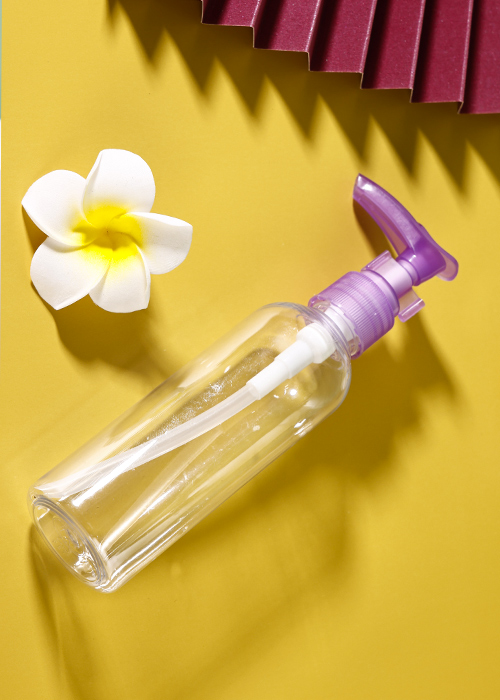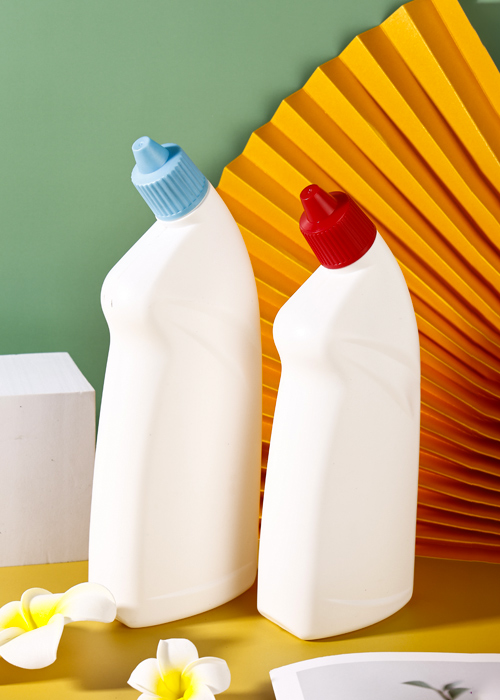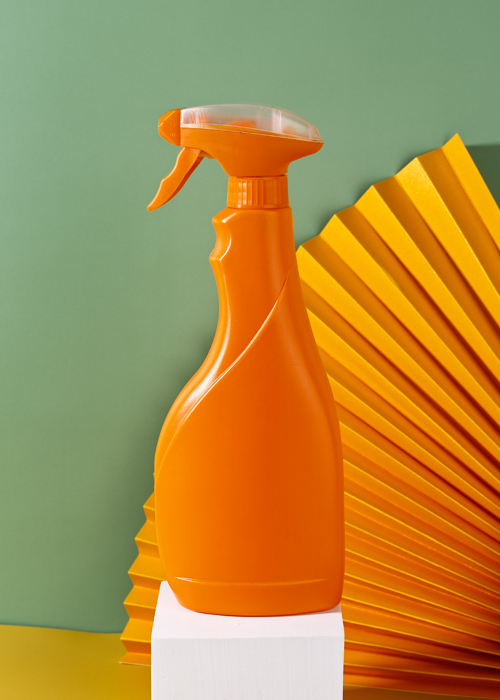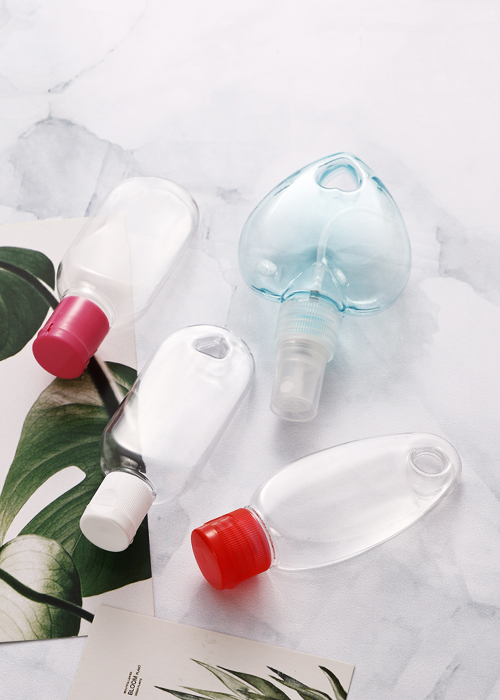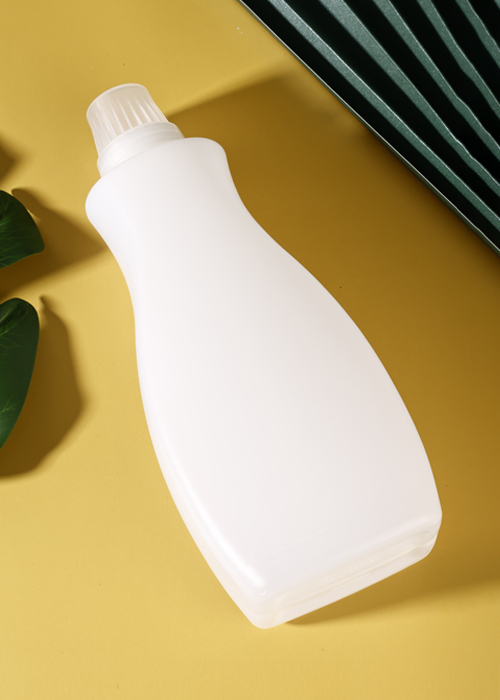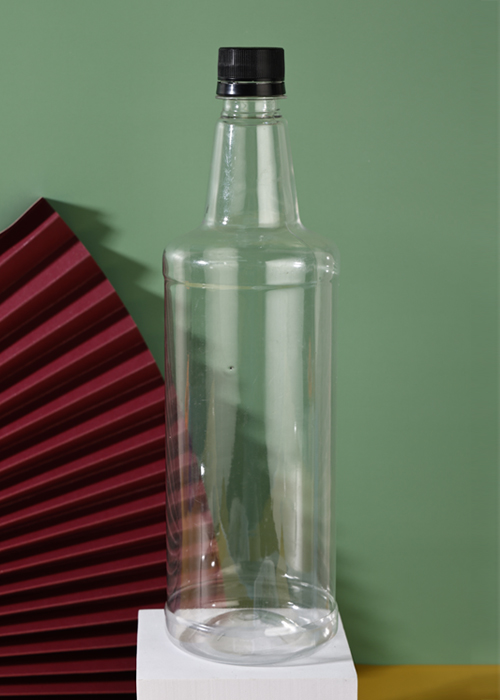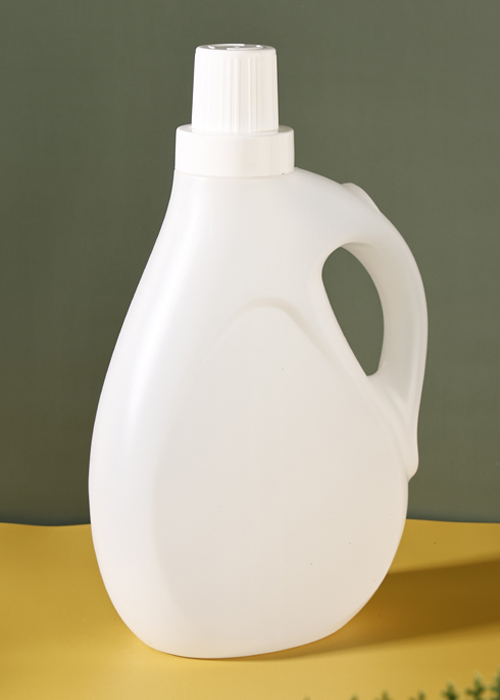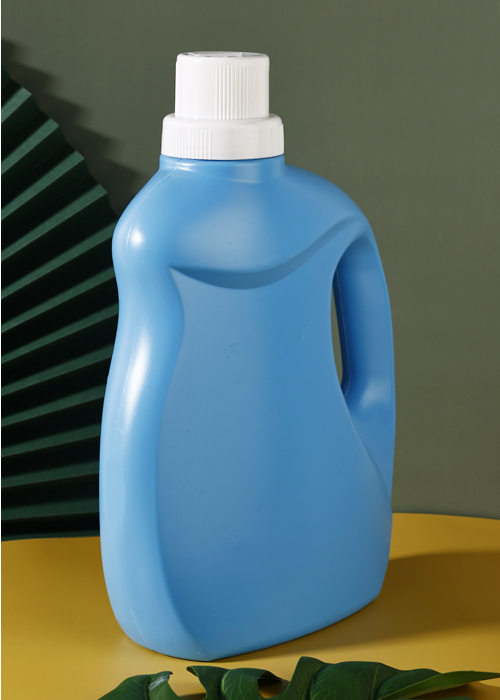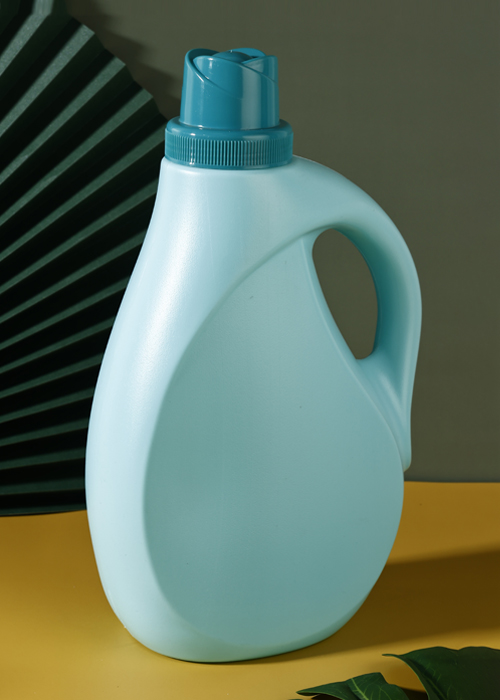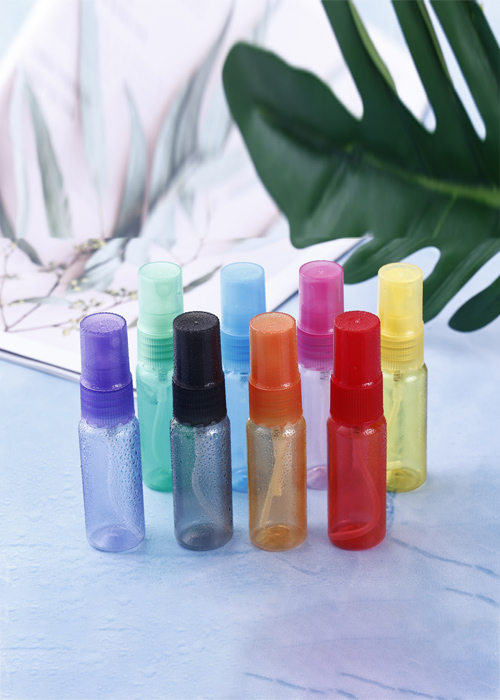Each plastic container has a small ID card - a triangular symbol, usually at the bottom of the plastic container.
There are 1 to 7 numbers in the triangle, each number represents a kind of plastic container, their materials are different, and there are also different taboos in their use.
"No. 1" PET: mineral water bottles, carbonated beverage bottles, beverage bottles do not recycle and fill with hot water
Use: Heat-resistant to 70°C, only suitable for warm or frozen drinks, easy to deform when filled with high-temperature liquid or heated.
There are substances that are harmful to the human body. Moreover, scientists found that after 10 months of use of No. 1 plastic,
May release carcinogen DEHP, which is toxic to the testes.
Therefore, when the beverage bottle is used up, throw it away, and don't use it as a water cup.
Or use it as a storage container to carry other items, so as not to cause health problems.
"No. 2" HDPE: cleaning supplies, bath products are not thoroughly cleaned, it is recommended not to recycle
Use: Can be reused after careful cleaning, but these containers are usually not easy to clean,
Residue of the original cleaning supplies, become a breeding ground for bacteria, you'd better not recycle.
"No. 3" PVC: Currently rarely used in food packaging, it is best not to buy
Use: When this material is high temperature, it is easy to produce harmful substances, and even it will be released during the manufacturing process.
After the poison enters the human body with food, it may cause diseases such as breast cancer and birth defects of newborns.
At present, containers of this material have been rarely used for packaging food. If in use, do not let it get hot.
"No. 4" LDPE: cling film, plastic film, etc. Do not wrap the cling film on the surface of the food and put it into the microwave oven
Use: The heat resistance is not strong. Usually, the qualified PE plastic wrap will appear hot melt when the temperature exceeds 110℃.
It leaves behind some plastic preparations that the body cannot break down. Also, wrap the food in plastic wrap and heat it,
The fat in the food can easily dissolve the harmful substances in the plastic wrap.
Therefore, when the food is put into the microwave oven, the wrapped plastic wrap must be removed first.
"No. 5" PP: Microwave Lunch Box Remove the lid when placing it in the microwave
Use: The only plastic box that can be placed in the microwave and can be reused after careful cleaning.
Need special attention, some microwave lunch boxes, the box body is indeed made of No. 5 PP,
However, the lid is made of No. 1 PE. Since PE cannot withstand high temperature, it cannot be put into the microwave oven together with the box body.
To be on the safe side, remove the lid before placing the container in the microwave.
"No. 6" PS: bowl instant noodle box, fast food box Do not use microwave to cook bowl instant noodles
Use: It is heat-resistant and cold-resistant, but cannot be placed in a microwave oven to avoid the release of chemicals due to excessive temperature.
And can not be used to carry strong acids (such as orange juice), strong alkaline substances,
Because it will decompose polystyrene that is not good for the human body, it is easy to cause cancer.
Therefore, you should try to avoid packing hot food in snack boxes.
"No. 7" PC other categories: kettles, water cups, feeding bottles PC glue releases bisphenol A when it is heated
Use: A material that is used in large quantities, especially in baby bottles, and is controversial because of its BPA content.
Lin Hanhua, an associate professor at the Department of Biology and Chemistry at City University of Hong Kong, said that theoretically,
As long as 100% of bisphenol A is converted into a plastic structure in the process of making PC, it means that the product has no bisphenol A at all.
Not to mention release. However, if there is a small amount of bisphenol A that is not converted into the plastic structure of PC,
may be released into food or drink.
So be careful and take extra care when using this plastic container.
To sum up: Except for No. 5 products, others are unsafe as daily tableware or containers for food and drinking water, at least there are potential safety hazards. It is worth noting that the kettles sold in some hypermarkets and supermarkets seem to be plastic products but do not have relevant recycling labels at the bottom, so for safety reasons, if there is no recycling label 5 at the bottom of the catering container, it is best not to buy and use them.

 中文简体
中文简体 English
English عربى
عربى русский
русский